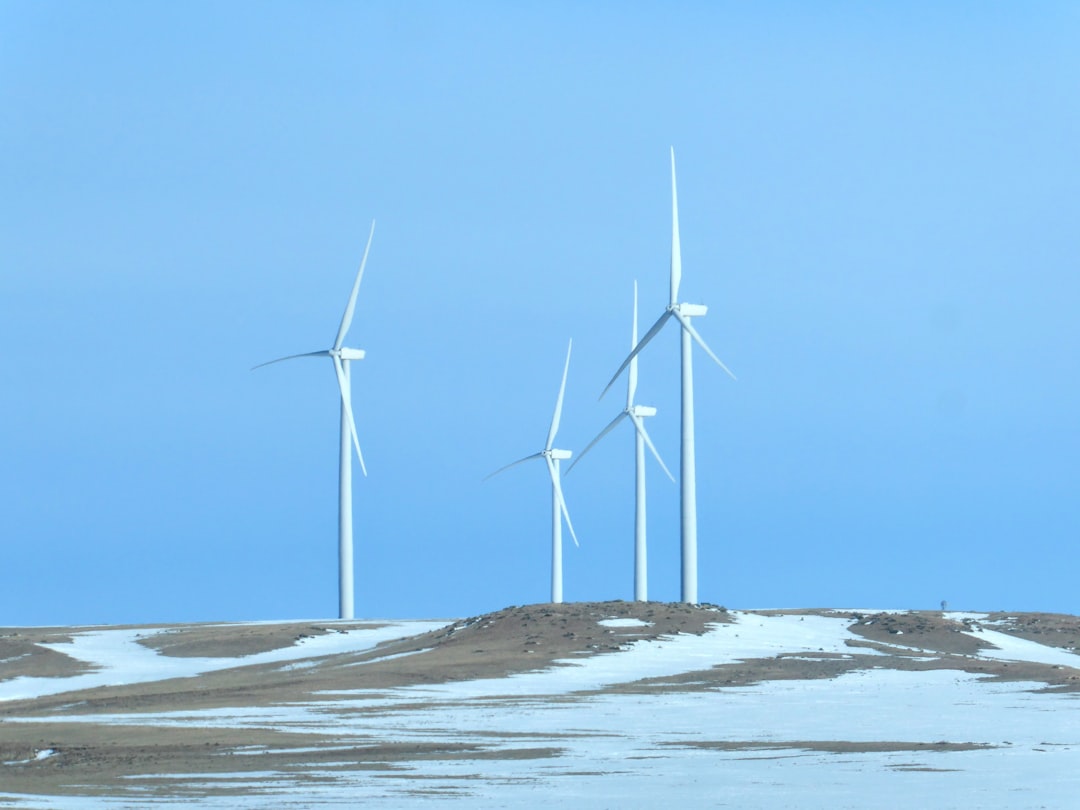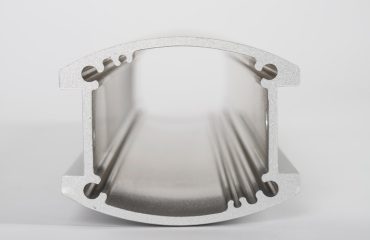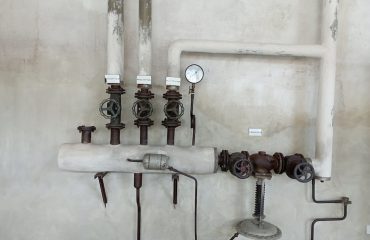body {
font-family: sans-serif;
line-height: 1.6;
}
h1, h2, h3 {
color: #333;
}
img {
max-width: 100%;
height: auto;
display: block;
margin: 20px auto;
}
Wind turbines stand as silent giants, harnessing the power of the wind to generate clean energy. But their impressive stature and efficiency rely heavily on a crucial, often overlooked component: the blade support system. These systems are the backbone of turbine operation, ensuring the blades rotate smoothly, efficiently, and safely, even under extreme conditions. This post will delve into the intricacies of wind turbine blade support systems, exploring their design, materials, maintenance, and future innovations.
1. The Anatomy of a Wind Turbine Blade Support System
A wind turbine blade support system is a complex assembly responsible for connecting the blades to the rotor hub, allowing for controlled rotation while withstanding immense forces. This system typically includes several key components: the blade root, the pitch bearing, the main bearing, and the yaw system. The blade root is the structural connection point between the blade and the hub. It’s designed to withstand significant bending moments, shear forces, and torsional loads generated during operation. The pitch bearing allows the blades to adjust their angle (pitch) to optimize energy capture and control the turbine’s speed. This is crucial for maximizing efficiency and protecting the turbine during high winds. The main bearing supports the entire rotor assembly, allowing it to rotate smoothly and efficiently. This is often a large, complex bearing designed to handle extreme loads and maintain precision over many years. Finally, the yaw system allows the entire nacelle (the housing containing the gearbox and generator) to rotate, aligning the turbine with the wind direction for optimal energy capture.
2. Materials Science in Blade Support: A Balancing Act
The materials used in blade support systems are crucial for ensuring durability, performance, and longevity. The choice of materials involves a delicate balancing act between strength, weight, and cost. Common materials include high-strength steel alloys, composites such as carbon fiber reinforced polymers (CFRP), and advanced ceramics. Steel alloys offer high strength and are relatively cost-effective, but they can be heavier than composites. CFRP offers exceptional strength-to-weight ratios, leading to lighter and more efficient designs, but they can be more expensive. Ceramics are increasingly used in bearings due to their exceptional wear resistance and ability to operate at high temperatures, extending the lifespan of the components. The selection of materials often depends on factors such as turbine size, operating conditions, and the desired lifespan of the system.
3. Maintenance and Inspection: Ensuring Operational Integrity
Regular maintenance and inspection of the blade support system are vital for ensuring the safe and efficient operation of the wind turbine. These activities typically involve visual inspections for signs of damage, wear, or corrosion, as well as more detailed inspections using non-destructive testing methods such as ultrasonic testing or radiography. Lubrication of bearings and other moving parts is crucial for reducing friction and wear, extending the lifespan of the components. Scheduled maintenance includes replacing worn-out components, such as bearings or seals, before they fail, preventing costly downtime and potential damage to other parts of the turbine. Advanced monitoring systems, incorporating sensors and data analytics, are increasingly being used to monitor the health of the blade support system in real-time, allowing for proactive maintenance and reducing the risk of unexpected failures.
4. Technological Advancements in Blade Support Design
Continuous research and development are pushing the boundaries of wind turbine blade support system design. This includes the exploration of new materials, such as advanced composites and hybrid materials that combine the best properties of different materials. Improved bearing designs, incorporating advanced lubrication techniques and more efficient geometries, are leading to longer bearing lifespans and reduced maintenance requirements. The integration of smart sensors and data analytics is enabling predictive maintenance, allowing operators to anticipate potential problems and schedule maintenance proactively, minimizing downtime and maximizing energy production. Furthermore, research into active control systems that dynamically adjust the blade support system in response to changing wind conditions promises to further enhance the efficiency and reliability of wind turbines.
5. The Future of Wind Turbine Blade Support: Towards Sustainability and Efficiency
The future of wind turbine blade support systems is inextricably linked to the broader goals of sustainability and efficiency. This includes the development of more sustainable materials with lower environmental impact throughout their lifecycle, from manufacturing to disposal. Reducing the weight of the support system is crucial for increasing the efficiency of the turbine and reducing the overall cost of energy. Advanced manufacturing techniques, such as additive manufacturing (3D printing), offer the potential to create lighter and more complex designs, further improving performance. The integration of artificial intelligence (AI) and machine learning (ML) into predictive maintenance systems will allow for even more precise and proactive maintenance, maximizing the uptime and lifespan of wind turbines, ultimately contributing to a more sustainable energy future.
In conclusion, wind turbine blade support systems are critical components that ensure the safe, efficient, and reliable operation of these vital renewable energy sources. Continuous innovation in materials, design, and maintenance strategies will be key to maximizing the performance and longevity of wind turbines, driving the transition to a cleaner and more sustainable energy future.
Tags: Wind turbine blades, blade support systems, wind turbine maintenance, wind turbine technology, renewable energy




